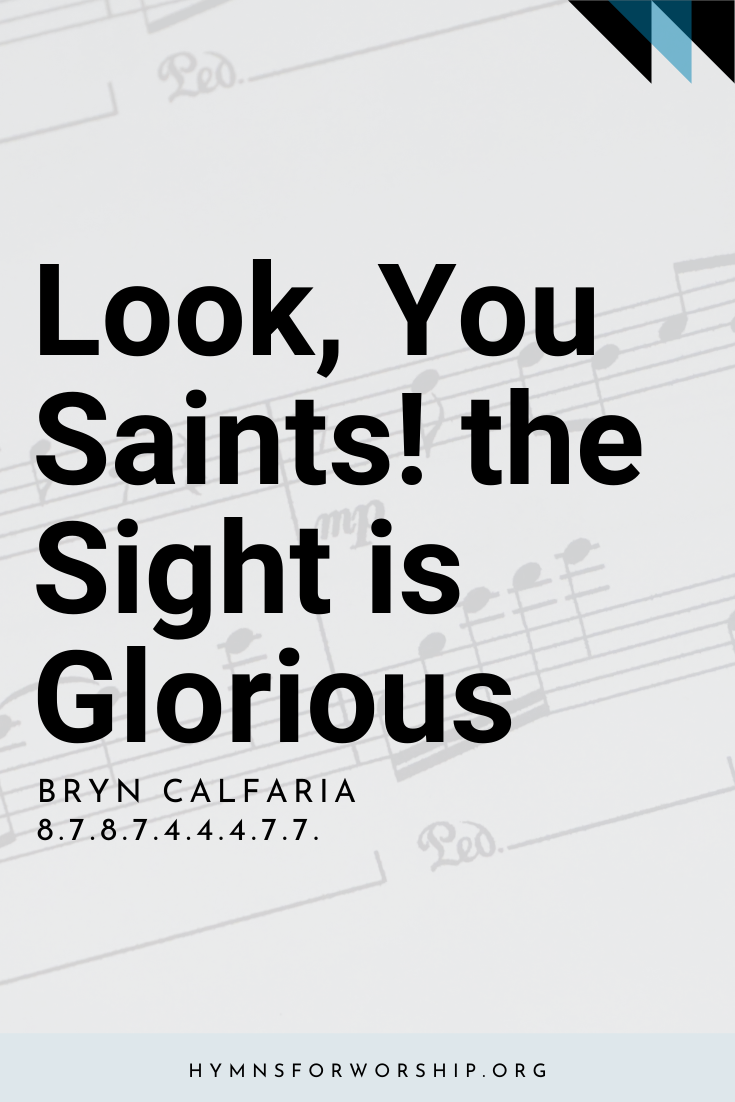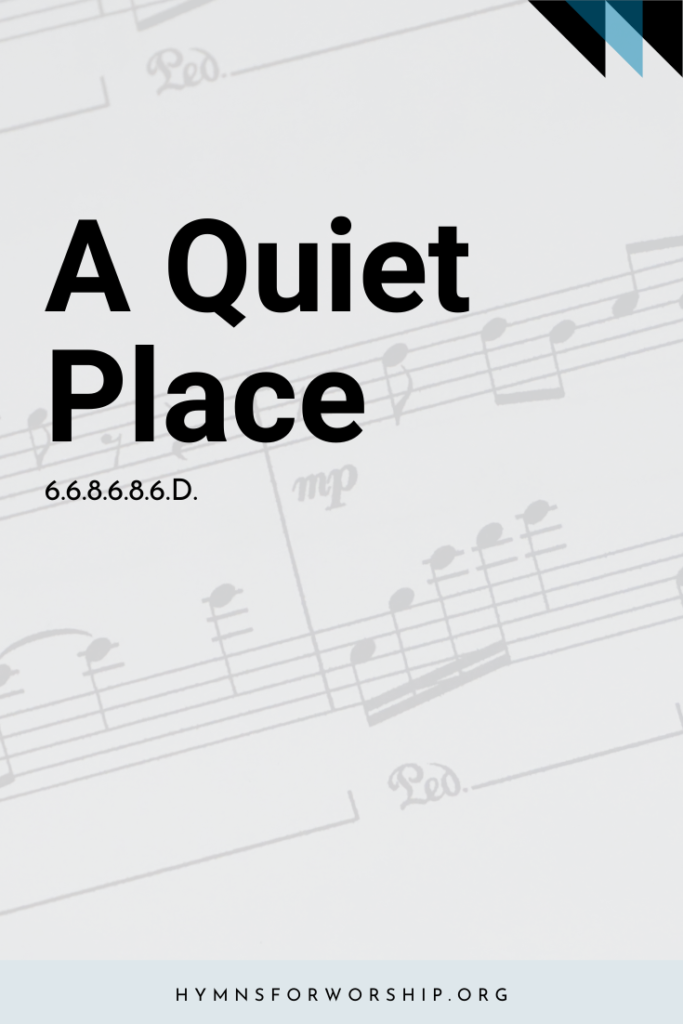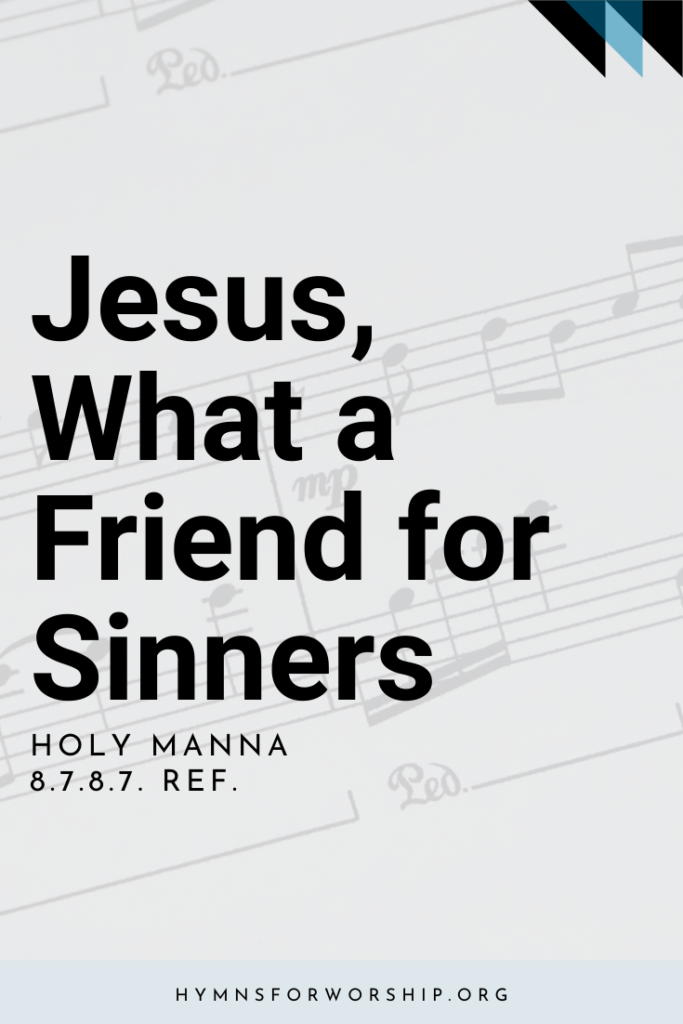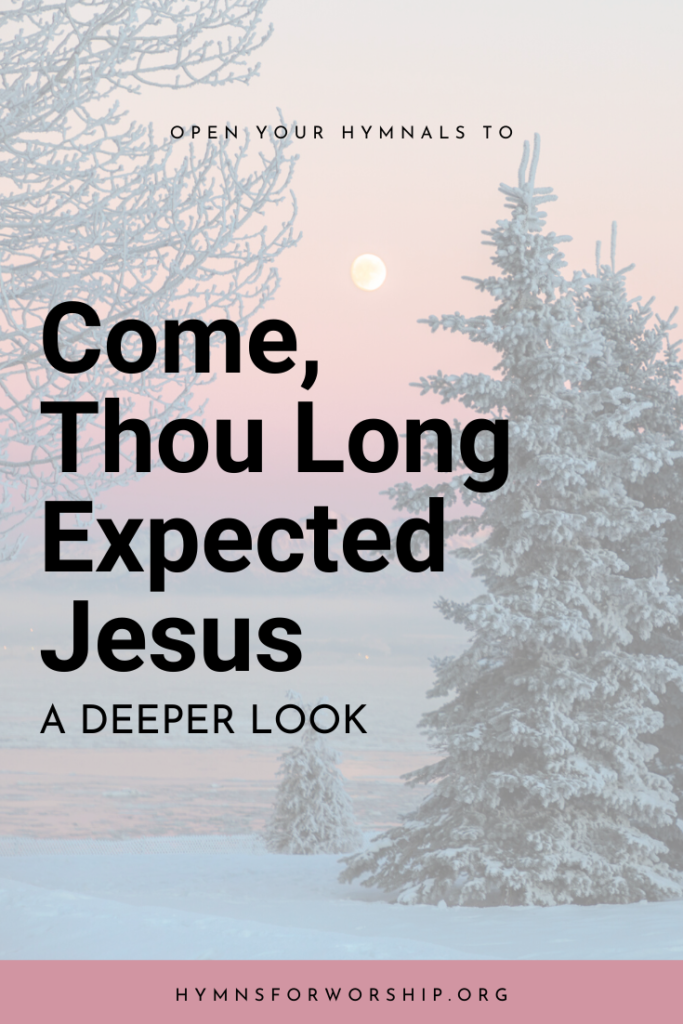JESUS CHRIST >> RESURRECTION & ASCENSION
SDAH 165
Look, you saints, the sight is glorious,
See the Man of sorrows now;
From the fight returned victorious,
Every knee to Him shall bow.
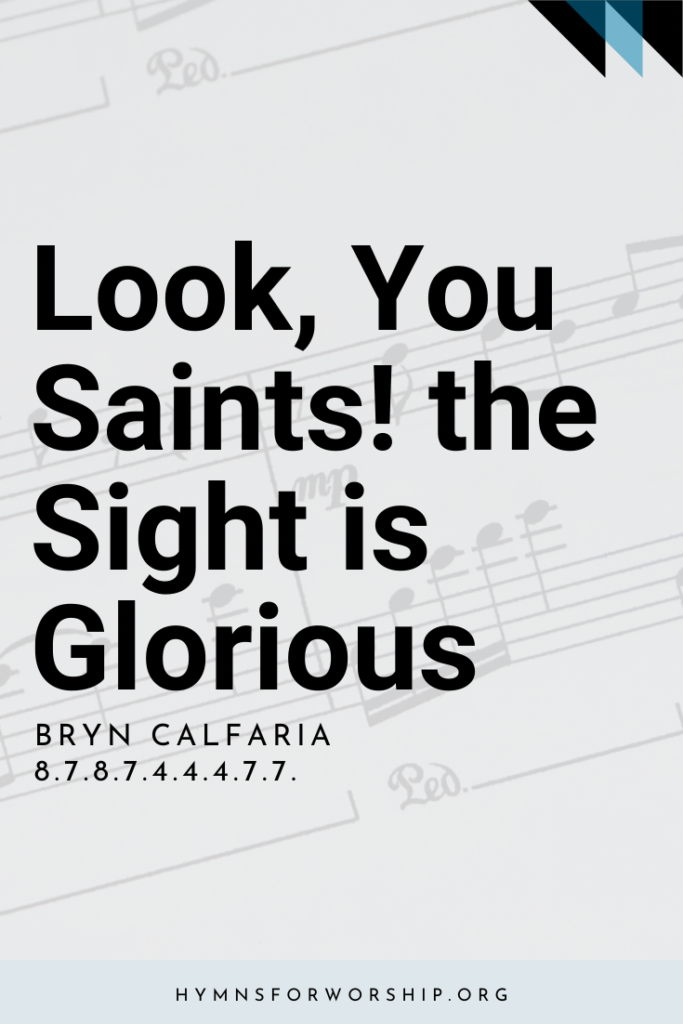

Get the hymn sheet in other keys here
For Worship Leaders
Make each hymn more meaningful with these helpful tools: Short, ready-to-use hymn introductions for church bulletins, multiple ways to introduce a hymn based on your worship theme and in-depth history and insights to enrich your song service.


Text
1
Look, you saints, the sight is glorious,
See the Man of sorrows now;
From the fight returned victorious,
Every knee to Him shall bow.
Crown Him! Crown Him! Crown Him!
Crown Him! Crown Him! Crown Him!
Crowns become the victor’s brow.
Crowns become the victor’s brow.
2
Crown the Savior! angels crown Him!
Rich the trophies Jesus brings;
On the seat of power enthrone Him
While the vault of heaven rings.
Crown Him! Crown Him! Crown Him!
Crown Him! Crown Him! Crown Him!
Crown the Savior, King of Kings.
Crown the Savior, King of Kings.
3
Sinners in derision crowned Him,
Mocking thus the Savior’s claim;
Saints and angels crowd around Him,
Own His title, praise His name.
Crown Him! Crown Him! Crown Him!
Crown Him! Crown Him! Crown Him!
Spread abroad the victor’s fame!
Spread abroad the victor’s fame!
4
Hark! those bursts of acclamation!
Hark! those loud triumphant chords!
Jesus takes the highest station;
Oh, what joy the sight affords!
Crown Him! Crown Him! Crown Him!
Crown Him! Crown Him! Crown Him!
King of kings and Lord of lords!
King of kings and Lord of lords!

Hymn Info
Biblical Reference
Rev 11:15 (a) Isa 53:3, 63:1; Rev 19:12 (b) Rev 3:21; 19:16 (c) Mark 15:17-20; 1 Pet 3:22 (d) Heb 1:6
Author
Thomas Kelly (1769-1854) alt.
Hymn Tune
BRYN CALFARIA
Metrical Number
8.7.8.7.4.4.4.7.7.
Composer
William Owen (1814-1893)
Arranged
Melvin West, 1984 (1930-)
Alternate Tune
CWM RHONDDA, SDAH 201, 538
Notes
Make each hymn more meaningful with these helpful tools: Short, ready-to-use hymn introductions for church bulletins, multiple ways to introduce a hymn based on your worship theme and in-depth history and insights to enrich your song service.
This group is the object of the little horn’s persecution and is described as “the saints”, “the saints of the most High”, and as “the people of the saints of the most High” as they receive the kingdom. They also are referred to as “holy people.” Thus, the saints of the Most High “are to be identified with God’s faithful followers who constitute His remnant people, who are His chosen ones, set apart from the rest of the nations, persecuted by the power opposing God, but keeping the covenant faith and maintaining their trust and confidence in God from whom they finally receive an everlasting kingdom.
Revelation 12–14 depicts the followers of Christ and shows how they remain faithful during the last crisis.where John says that “the dragon was enraged with the woman, and he went to make war with the rest of her offspring, who keep the commandments of God and have the testimony of Jesus Christ” (Rev. 12:17, NKJV). (Lesson 8, 1st Quarter 2020 – Thursday, The Holy Ones of the Most High, 2/20/2020)

